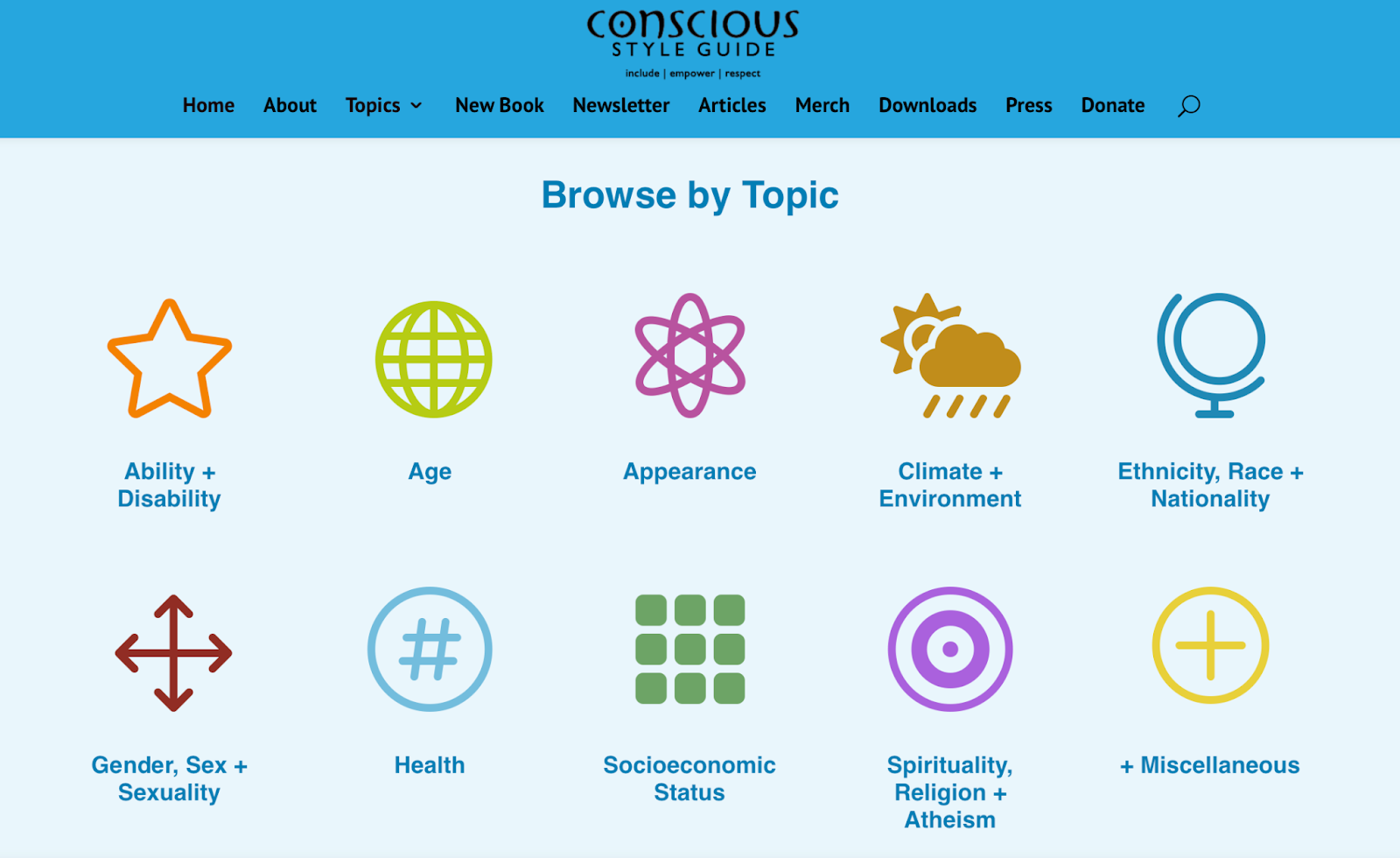I used to dread company events. The networking sessions felt like torture, and the venues were often inaccessible. Nobody seemed to notice when half the team couldn't fully participate. Sound familiar?
Here's the thing: Inclusive events have become a table stake for teams that genuinely want everyone to contribute.
When you get this right, something interesting happens. People start showing up differently. They share ideas they've been sitting on. They stick around longer. They actually want to come back.
But before we dive in, let me clarify what we're talking about:
- Neurodiversity essentially means that our brains work differently, and that's perfectly normal. Some people have autism, ADHD, dyslexia, or other conditions that affect how they process information.
- Accessibility entails removing the barriers that prevent people with disabilities from participating. These could be physical hindrances, technological issues, and communication problems.
- Intersectionality involves recognizing that we're all juggling multiple identities. Someone might be neurodivergent AND a parent AND dealing with chronic pain. Life's complicated like that!
Considering these key components will help you build the strongest team culture in any organization.
That said, I've been helping teams plan better events for years, and I've collected what actually works. No fluff, just practical stuff you can use tomorrow.
Understanding Neurodiversity in the Workplace 🧠
The neurodiversity movement kicked off in the 1990s. It fundamentally changed how we think about cognitive differences. Instead of seeing autism or ADHD as problems to fix, we started recognizing them as natural variations, like being left-handed.
Harvard Health has a solid primer on this if you want to dig deeper. The report cites that people are excluded when stigma, lack of awareness, and poor infrastructure make it difficult to participate. If we embrace neurodiversity and support different needs, we can encourage diverse perspectives and create spaces where everyone feels included and valued.
Here's what I see tripping up event planners:
- That networking hour with blaring music? Nightmare for many folks who are autistic.
- The agenda that just says "breakout sessions"? People with ADHD need way more detail.
- Rapid-fire Q&A sessions? They exclude anyone who needs processing time.
Implementing Accessibility Measures ♿
The World Health Organization (WHO) says 1.3 billion people live with disabilities, representing over 15% of the global population. And here's what most people miss: Accessibility helps everybody. Here's how:
- For physical accessibility, start with the basics. Can someone using a wheelchair actually get to your event? Not just in the front door, but to the stage, the bathroom, the breakout rooms? I've seen too many "accessible" venues where the only way to the accessible bathroom involved a freight elevator and three locked doors. The ADA National Network has a solid checklist here.
- Digital accessibility gets overlooked constantly. Your slide deck might look gorgeous, but can a screen reader parse it? Are your links descriptive, or do they all say "click here"? Follow the WCAG guidelines as they're less scary than they sound.
- Sensory accessibility isn't just for attendees who have autism. Many people experience migraines from fluorescent lights or struggle to concentrate with background music. BSI's PAS 6463 guide changed how I think about event spaces.
Embracing Intersectionality for Inclusive Event Design🚦
Kimberlé Crenshaw was the first one to coin the term "intersectionality." She explained how different aspects of our identity intersect and compound. At business events, this can happen quickly.
Take Maria, for example, who attended one of our workshops. She's autistic, uses a wheelchair, and has two kids under five. She needed wheelchair access, a quiet space for sensory breaks, and flexibility to handle childcare calls. One accommodation wouldn't have been enough.
Or James, who has dyslexia and keeps a kosher diet. He needed materials in advance to process them properly and dietary options that met his religious requirements. These aren't edge cases, since they involve real people trying to participate in work life.
Even small touches, such as branded custom hoodies in inclusive sizes, would work. They can help everyone feel thought of and included. That's what it takes to promote inclusivity!
I've started asking myself: Who are we accidentally excluding? Parents who can't attend evening events? People who can't afford to travel to the venue? Folks whose anxiety spikes in unstructured social time? Once you start looking, you see barriers everywhere.
Practical Tips for Designing Inclusive Events
Upholding diversity, equity, and inclusion (DEI) is one of the top trends in employee engagement. However, planning and designing a truly inclusive event is no easy feat. So, let's cut to the chase—follow the practical tips below:
Planning and communication 📝
Get different perspectives early. I learned this the hard way after planning an "inclusive" event that fell short for our deaf colleagues. Now I always have disabled employees review plans before anything's final.
Write your communications as if you're explaining them to a friend, not filing a report. Skip the jargon. The Conscious Style Guide keeps me accountable for my language choices.

And please, tell people what accommodations you're providing upfront. Don't make them ask. List the accessible features, the quiet spaces, and the food options. It saves everyone time and stress.
Take it from Leigh McKenzie, Community Advocate at Traffic Think Tank. He suggests planning and designing an event with inclusivity in mind.
McKenzie says, "When you bake accessibility into the plan from the start, you're not scrambling for fixes later. You're actually creating an event where everyone feels welcome right away."
During the event 🏫
Microphones aren't optional anymore. Even if it's a small room, someone will struggle to hear, guaranteed. Same with visual aids—make the text readable from the back row. I've started using the 24-point minimum after too many squinting audiences.
Build in real breaks. Not "we'll break when we hit a natural stopping point" but actual scheduled downtime. People need to check messages, take medication, or just decompress. Mark these clearly and stick to them.
Food labeling has become non-negotiable. After watching someone have an allergic reaction at a conference, I'm militant about clear ingredient lists.
Learn from Anna Zhang, Head of Marketing at U7BUY. She has her fair share of running a truly inclusive event. She suggests being absolutely keen to detail.
Zhang explains, "The details matter: Clear food labels, real breaks, and microphones in every room aren't extras. They're what make people feel safe and included."
Post-event engagement 🤷
The feedback form matters. Keep it short, make it accessible (take it from WebAIM), and actually ask about inclusion. Not "Did you enjoy the event?" but rather "What barriers did you face?" and "What would help next time?"
Then, inform people about the changes you're making based on their feedback. It shows you're actually listening. Ultimately, that will guide you in coming up with inclusive event ideas!
Ben Bouman, Business Owner at HeavyLift Direct, recommends taking a post-engagement step. He believes that you need to see if your engagement activity is truly inclusive.
Bouman suggests, "Ask directly about barriers, not just overall satisfaction, and then act on what you hear. Following up with changes shows people their voices matter and keeps them engaged for the long run."
Challenges and Solutions in Creating Inclusive Events
It's abundantly clear: There are workplace challenges in diversity, accessibility, and intersectionality. So, let's be honest about what makes this hard:
- Money: Accessibility costs money. Interpreters, captions, and accessible venues all add up. But start with the free stuff, such as microphone use, clear agendas, regular breaks, and advanced materials. You'd be amazed at how much these help! 💰
- Pushback: "We've always done it this way" is the enemy of inclusion. I counter with data and stories like sharing the WHO statistics. Tell them about the brilliant contributor who finally participated when you added chat options. Make it as personal as possible! 🚧
- Complexity: It feels overwhelming at first. My advice? Pick one thing per event to improve. Maybe this time you nail the captions. Next time, you add a quiet room. Build your accessibility gradually 🧭
The Job Accommodation Network has been my secret weapon for creative solutions that don't break the bank.
Wrapping Up
Look, nobody gets this perfect on the first try. I've made plenty of mistakes. But here's what keeps me going: Every small change makes someone's day easier.
- The parent who could finally attend because we moved to lunch meetings.
- The analyst who contributed amazing ideas once we added anonymous Q&A options.
- The designer who thanked me for the quiet room that "saved" their conference experience.
Heed our advice:
Start somewhere. Pick one thing from this guide and try it at your next event. See what happens; Then, try another. Before you know it, you'll be running events where everyone can actually participate!
And if you figure out something that works? Share it. Or if you need help, consider working with Confetti, which offers virtual team-building experiences with neurodiversity, accessibility, and intersectionality in mind. Check out some workshops including Neurodiversity 101 or Disability Allyship in the Workplace!
.png)




.jpeg)





